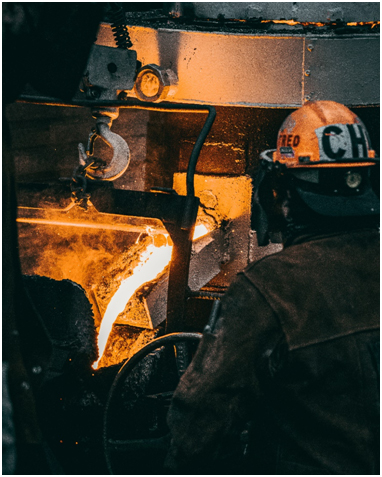Stainless Steel Grades: What You Need to Know and How to Choose the Right One
Date : March 18, 2024
Understanding Stainless Steel Grades: These grades are defined by their specific features that are appropriate to particular use. These can be organized accord to their microstructure and alloy composition. The most frequent use of stainless-steel grades including martensitic, ferritic, duplex, and austenitic.
Stainless steel is an effective material for a purpose of application mainly for its resistance to corrosion, strength, and aesthetic appeal. However, it could be daunting to determine the most suitable grade for your project because there are a lot of option available. This blog post will take you through the basics of stainless-steel grades and lead you through for selecting appropriate process.

Understanding Stainless Steel Families
Stainless steel refers to four major families, each of containing specific qualities and applications:
- Austenitic: The strongest and oldest types, recognized for offering superior formability, welding abilities, and resistance to corrosion. 301 grades are basically for the forming purpose, 316 harmful environments, and 304 is highest utilized grade.
- Ferritic: Magnetic, more affordable, and ideal for applications require high formability but lower corrosion resistance. The most frequent grades are stainless steel 430for decorative trimming and 409 for automotive exhaust.
- Duplex: It hasa perfect mixture of austenitic and ferritic capabilities, along with tough strength and resistant to corrosion.
- Martensitic: A magnetic alloy which are the heat treated to boost durability and strength. These materials used to manufacture cutlery, tools, and aircraft parts.

Choosing the Right Grade: Key Factors
Some of important factors to keep in mind when determining a stainless-steel grade:
- Corrosion Resistance: Understand our environmental that are going to exposed to. Austenitic and duplex grades offer higher resistance to corrosion than ferritic grades.
- Formability: How frequently the steel has to be made? Austenitic grades are extremely recognizable, compare to martensitic grades are the barely.
- Strength: How much pressure or weight can the steel manage?Martensitic grades provide superior durability, whereas ferritic grades have less strength.
- Temperature Resistance: At what temperatures is the steel being to be exposed? Although certain grades may break under extreme temperatures, others could resist.
Cost: Austenitic grades frequently are higher in cost than ferritic grades.
Conclusion
Determining a suitable grade of stainless steel is important for obtaining superior performance, sustainability, and affordability across a range of uses. Recognizing the strengths and uses of multiple stainless-steel grades, as well as essential factors like corrosion resistance, strength, formability, and environmental considerations, assists you to make accurate decisions about which grade is most suited to your particular needs.

